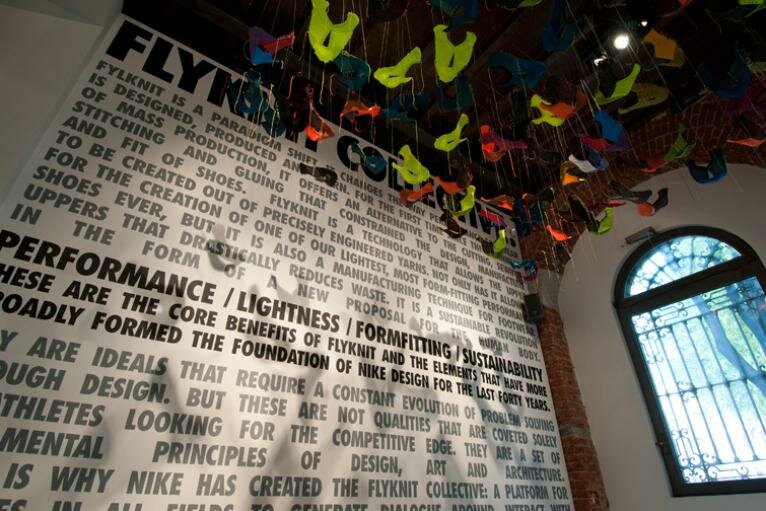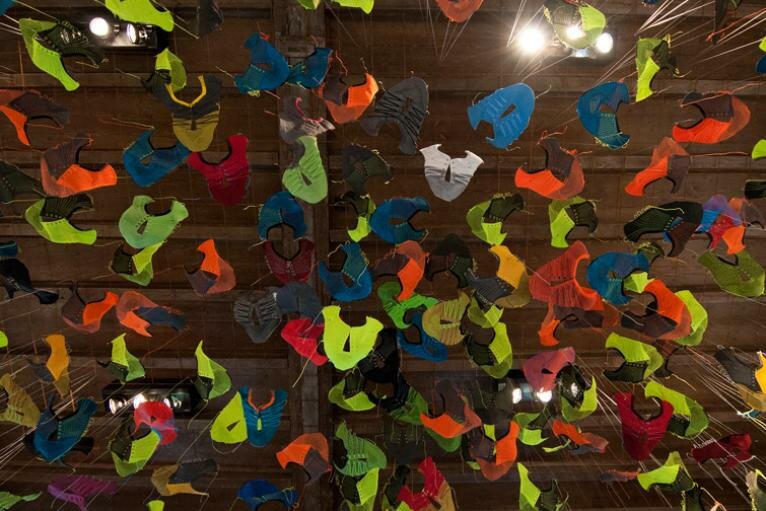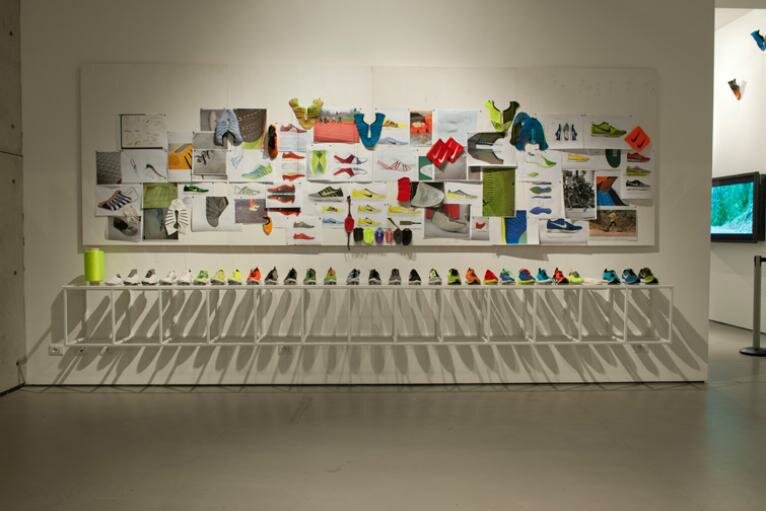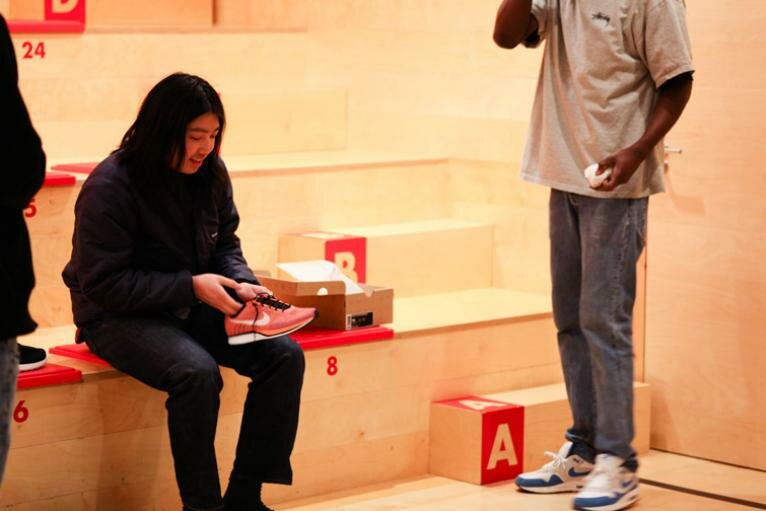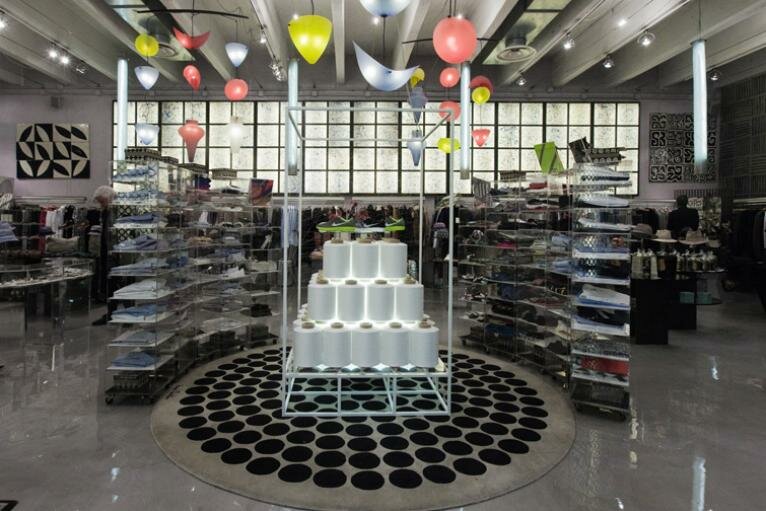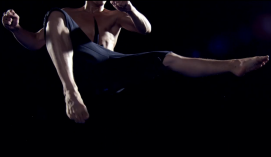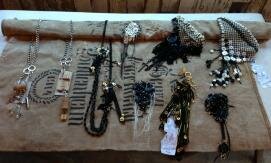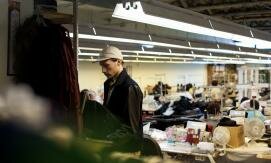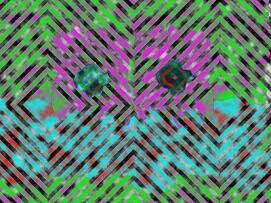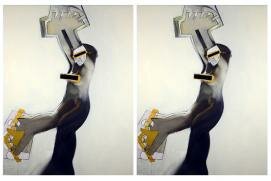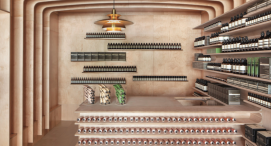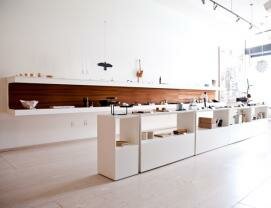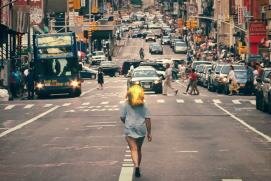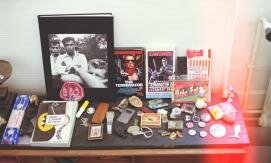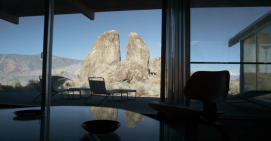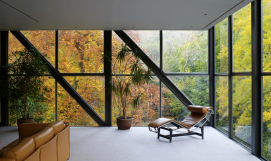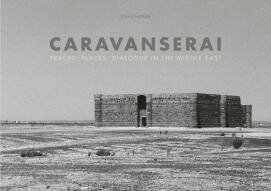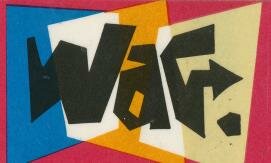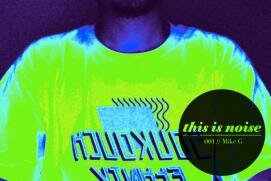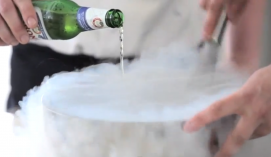- 1
- 2
- next ›
- last »
Nike are a sportswear company before anything else, unique in that their sole purpose is to create products which will enhance the performance of its athletes. The rewards of their absolute goal to innovate however are what we and its competitors look at and covet. Their ability to create products with talkability, their groundbreaking approach to marketing, the unique nature of their aesthetic design, and their relevance in the market and even wider culture. All of this however is merely a result of their efforts and talents in working to innovate. Nike Flyknit, whilst in my opinion Nike's most exciting innovation since Lunar, and maybe their best shoe since the Presto, is exciting on its own. It reminds me of the days when a new shoe excited me to the point I would go out of my way to search, well... hunt! This is not a story about a sneaker though, its an insight into the process of Ben Shaffer, and why people like Ben make Nike's role as a superbrand possible.
Sharmadean Reid: Hey Ben! How’s it going? I heard you actually studied in architecture…
Ben Shaffer: Well I started off in architecture and then I swapped over to product design, way back in Cincinnati. It’s really strange that I’m here in Milan right now, as last night I was talking about how ten years ago I had some furniture that I showed here with Surface Magazine, so it’s really funny coming back and showing shoes at the furniture fair.
SR: I remember Surface magazine! I used to buy it from WH Smiths in Wolverhampton when I was 16…
BS: Yeah! Those were it's prime days!
SR: So moving from architecture to product design – do you feel learning to construct buildings has helped or hindered you in learning how to construct shoes?
BS: I think the more that you know how things come together, the more versatile you are as a designer. The more types of problems you are trying to solve, the better. With architecture it was all about structures that you are working with, with product design it’s about working on problems, on the user side or on the aesthetic side. It’s not always all about shoes. I worked for a few different consultancies after graduating and I never even drew a single shoe prior to working for Nike.
When we interview potential designers at Nike we wanna see how people are thinking, how they are solving problems, not necessarily that that can design shoes – and then we like them to be aesthetically savvy on top of that. So we’re just problem solvers, really. We just get to do it visually!
SR: Which leads me onto Flyknit...I guess this came from the athlete’s eternal problem right? How can we run faster, more efficiently, how can we do it better? Where did the concept of Flyknit stem from? The problem, the idea or the technology?
BS: Well it’s a little bit of everything. A lot of the time, the Innovation Kitchen has a number of different technologies that we are playing with, and we have athletes coming to us with the issues they have. So there was a lot of talk of liking socks, liking the feel that they could give them. So we were like – what do we know in that area? We did a lot of research, on which types of technologies could give the type of comfort that a sock could give. And of course from there we started cobbling and playing, solving the problems we had functionally on that thing. So then we were like – how can we use this knit technology that we’ve been developing to make it a more comfortable fit. The interesting part of it is that it definitely was a little bit of engineering, vision and creative, all coming together and working back and forth through a pretty long process, probably about five years in total. But even about a decade prior we played around with some of the technology, it just wasn’t right at the time.
SR: If you were working on it five years ago, that kind of means you were working in a recession – did it affect you?
BS: It seems like companies who do a good bit of investing in innovation during the recessions ultimately are the ones who don’t just come out of the recession but they have a higher trajectory out of thing. So I think Nike is one of these companies that invest in innovation and they require everyone in the company to do a bit of that. So we were looking at ways of making an athlete better – whether an economy is going up or down.
SR: Tell me about the shoe – we’ve had some people worry that the thread is gonna pop!
BS: We were super surprised at that too! Because of how tightly we were knitting the fabric, ultimately they are really durable. Our athletes have put in hundreds of hours on the treadmill and the shoe still looked great so we’ve been really happy about what that offers us in terms of durability.
SR: So what’s the next step for Flyknit? How far can it go?
BS: The ability to create what we have in one layer; breathability, structure, perfect fit, all the elements you need in any shoe. Of course that opens up the possibilities in any sports. We have portfolio of a ton of different types of product that we do and we’re always testing and looking at a number of different areas that it could work in, so of course we’re super excited. It’s really great to finally see a project that myself and a number of other people have been working on come to fruition, and because we’re always working a number of years in advance, it’s gonna be really fun to see all these other Flyknit applications popping up in the future.
SR: Do you find it difficult to work with such long lead times? These projects are years in development.
BS: The thing with that is, it helps me filter what’s brand new, interesting and takes everyone to another destinations, a different level. Rather than things that are just put out to fit a trend.
SR: Tell me how you decide so far in advance what colourways will work? The colourways that have been released so far have worked so well with what is on trend on the catwalks, high streets and so on. Do you find that part of it difficult?
BS: When we work with the running, we have a team of people who tell us what is trend relevant colourwise, so they hand us a handful of palates to work with. But the reality is that we pick and play with the colourways how it is applied, what stays brightly colored, what gets mixed in, it’s the experience of the creating. Most of us that come from a design background within innovation, so we have a pretty good idea of what looks nice. It even comes right down to things that you wanna wear as well you know? I don’t wanna have anything out there that doesn’t look good, I fight to have it looking right, along with other opinions with those on the project, ultimately we want to make it work well and look right. That’s how we make shoes.
Sharmadean Reid
Words - Intro by Adam Bryce, Interview by Sharmadean Reid

end








